Blue tetra - Boehlkea fredcochui
Scientific name: Boehlkea fredcochui
Common name: Blue tetra
Family: Characidae
Usual size in fish tanks: 4 - 5 cm (1.57 - 1.97 inch)
014
Recommended pH range: 6 - 7
Recommended water hardness: 4 - 18°N (71.43 - 321.43ppm)
0°C 32°F30°C 86°F
Recommended temperature range: 22 - 26 °C (71.6 - 78.8°F)
The way how these fish reproduce: Spawning
Where the species comes from: South America
Temperament to its own species: peaceful
Temperament toward other fish species: peaceful
Usual place in the tank: Middle levels
Natural Habitat and Origin
The Blue Tetra (Boehlkea fredcochui) is native to the fast-moving streams and rivers of Peru, where they thrive in freshwater environments with moderate current. They are primarily found in shaded, densely vegetated waters, which mimic the kind of cover that these fish appreciate in aquariums as well. In the wild, their natural habitat allows them to school together for protection and engage in active swimming, much like they do in aquariums.
Lifespan
When provided with optimal water conditions and a stress-free environment, Blue Tetras can live up to 3 years in a well-maintained aquarium. Regular water changes and a stable environment will help maximize their lifespan.
Short Description and Behavior
The Blue Tetra is a visually striking species known for its metallic blue hue, but they require more space than most other tetras due to their active nature and occasional aggression. They thrive best in a minimum of 30-gallon tanks (25 Imperial gallons or 113 liters) to reduce territorial disputes and ensure that their energetic swimming has ample room. When confined to smaller tanks, their aggression can intensify, particularly toward fish with long, flowing fins, as they have a tendency to nip during feeding times. Keeping them in larger groups within a spacious tank can reduce this behavior, but a larger aquarium is essential to their overall well-being.
Blue Tetras are mid-level swimmers, often taking shelter among plants or hiding spots during the night. To accommodate their energetic swimming style, it's essential to create open spaces while positioning plants and décor around the edges of the tank. Opt for floating plants to help dim the lighting and create a more comfortable, natural environment. Due to their aggressive tendencies, especially in smaller groups or tanks, it is advisable to first gain experience by keeping more peaceful species of tetras before housing Blue Tetras.
Feeding and Diet
Blue Tetras are omnivores and will thrive on a well-balanced diet. Their primary food source should consist of high-quality flake or small pellet foods. To keep them in optimal health and encourage natural behavior, supplement their diet with protein-rich treats such as brine shrimp, bloodworms, and other small live or frozen foods. Offering live foods 2-3 times per week can enhance their coloration and overall vitality. Be sure to provide a variety of food to meet their nutritional needs and stimulate their natural instincts for hunting small prey.
Sexing
Both male and female Blue Tetras share the same vibrant blue coloration. However, the female can be distinguished by her slightly plumper body, especially noticeable when viewed from above, while the males are generally slimmer and more streamlined.
Breeding Habits
There are currently no confirmed reports of successful breeding of Blue Tetras in captivity, but it is believed that they spawn similarly to other closely related species. In their natural habitat, they likely lay eggs on the underside of broad-leaved plants. Like many tetras, Blue Tetras show no parental care, and in the wild, they may leave the eggs unharmed due to the vastness of their environment. In a home aquarium, however, the parents are likely to consume the eggs unless they are separated.
Pictures
Bought by aqua-fish.net from jjphoto.dk.
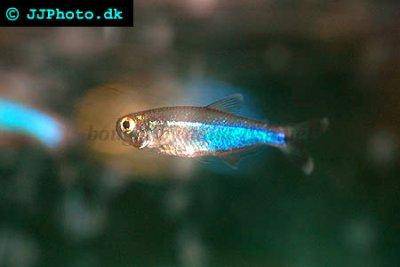




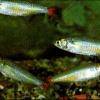 Bloodfin
Bloodfin 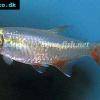 Bloodfin
Bloodfin 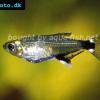 Panda
Panda 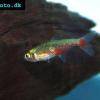 Green
Green 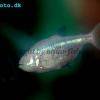 Blind
Blind 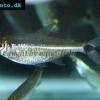 Kennedy
Kennedy 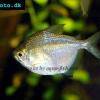 Discus
Discus 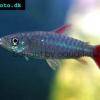 Pink
Pink 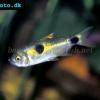 Bucktoothed
Bucktoothed 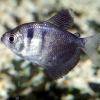 Black
Black 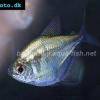 False
False 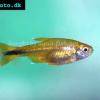 Silver
Silver  Hemigrammus
Hemigrammus 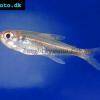 Dash-dot
Dash-dot 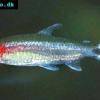 Rummy
Rummy 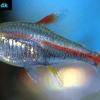 Glowlight
Glowlight 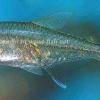 January
January 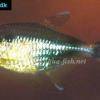 Head
Head 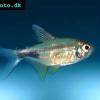 Garnet
Garnet 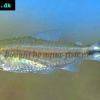 Rummy
Rummy 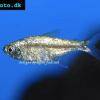 Gold
Gold 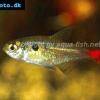 Red
Red 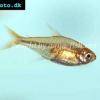 Ember
Ember 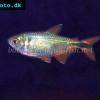 Buenos
Buenos 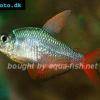 Colombian
Colombian 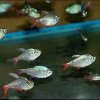 Ecuador
Ecuador 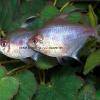 Bleeding
Bleeding 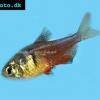 Flame
Flame 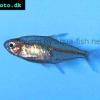 Georgett’s
Georgett’s 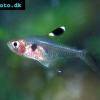 Griems
Griems 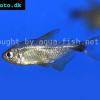 Kitty
Kitty 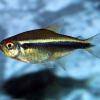 Black
Black 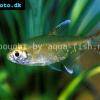 Firefin
Firefin 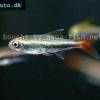 Loreto
Loreto 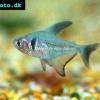 Black
Black 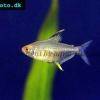 Lemon
Lemon 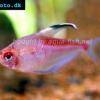 Redback
Redback 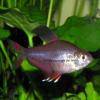 Rosy
Rosy 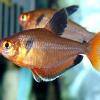 Serpae
Serpae 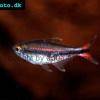 Savanna
Savanna 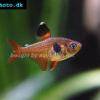 Red
Red 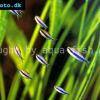 Blue
Blue 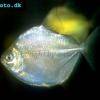 Silver
Silver 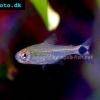 Ceros
Ceros 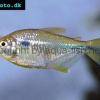 Napo
Napo 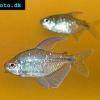 Diamond
Diamond 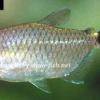 Red
Red 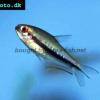 Rainbow
Rainbow 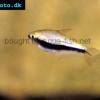 Emperor
Emperor 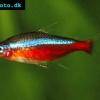 Cardinal
Cardinal 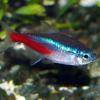 Neon
Neon 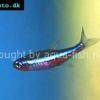 Green
Green 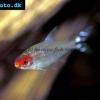 False
False 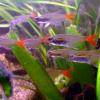 Glass
Glass 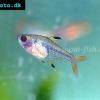 X-ray
X-ray 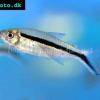 Penguin
Penguin